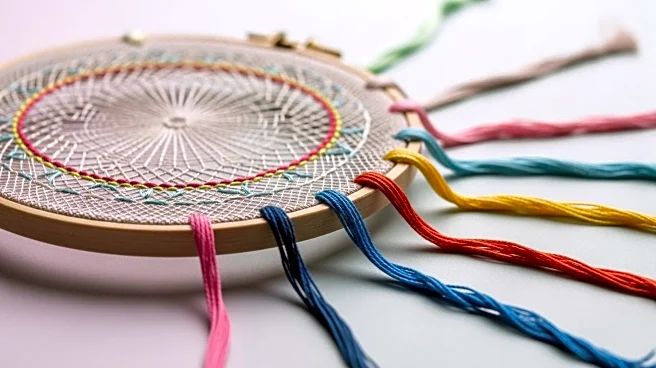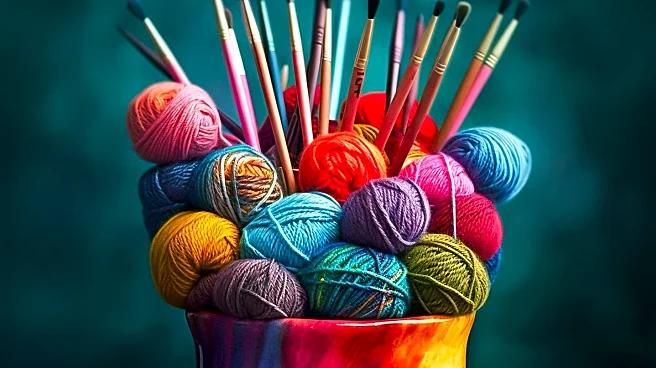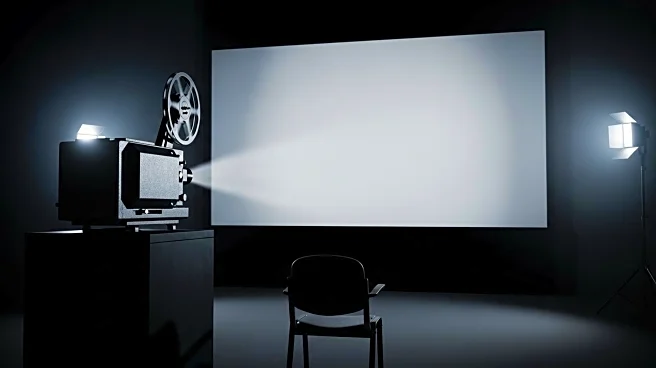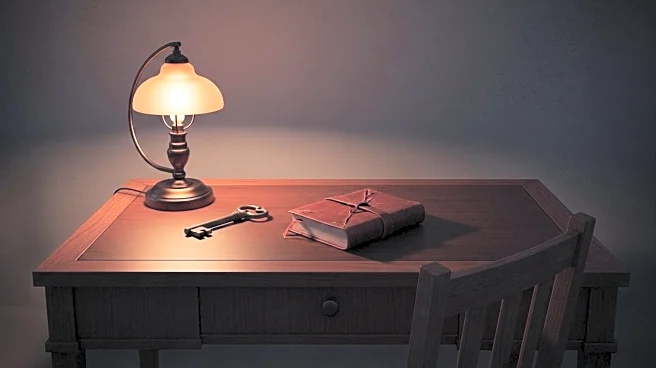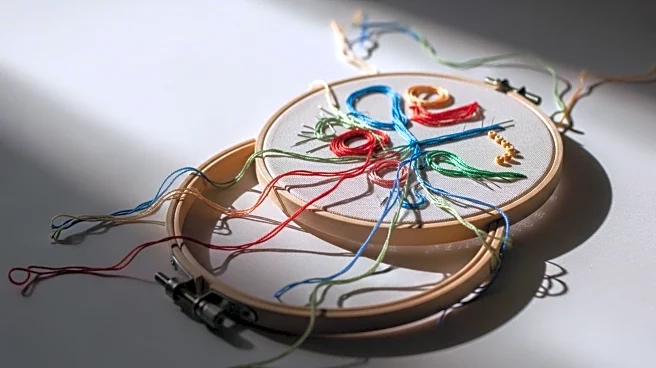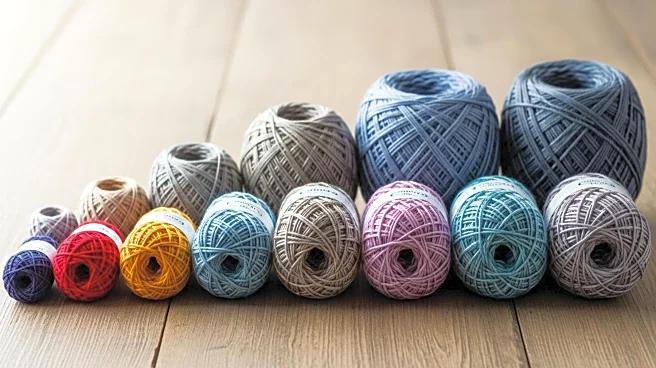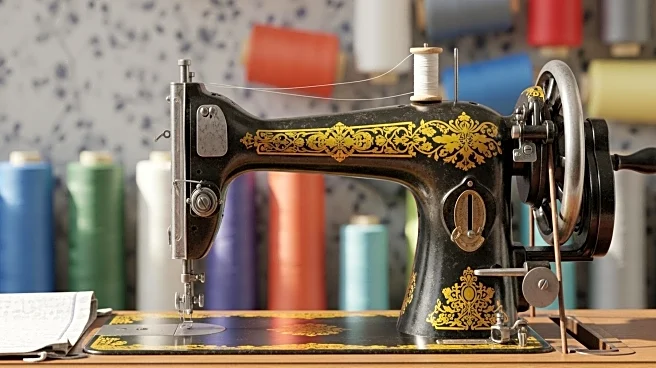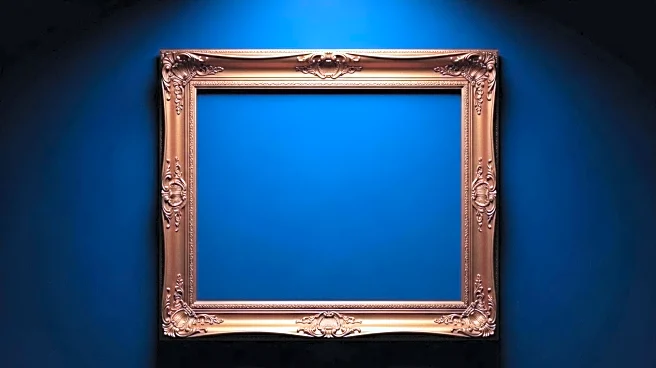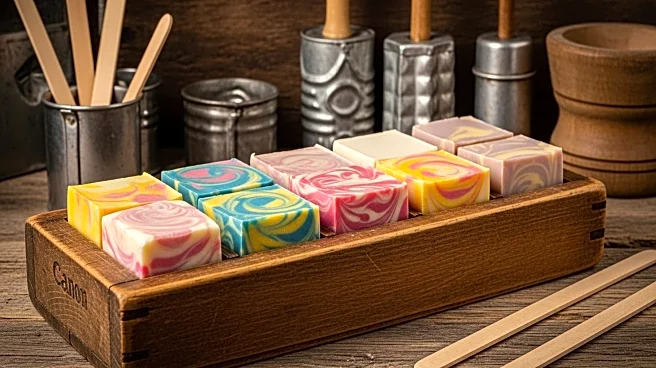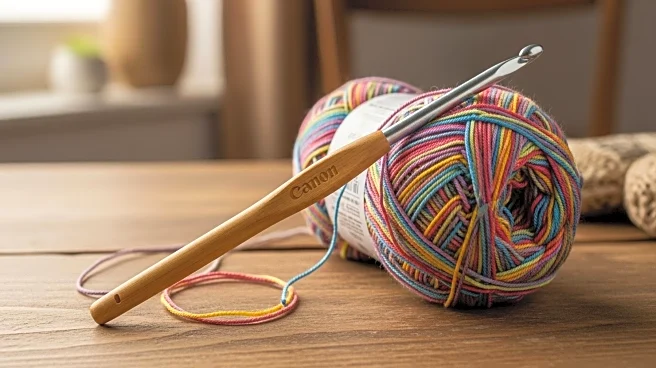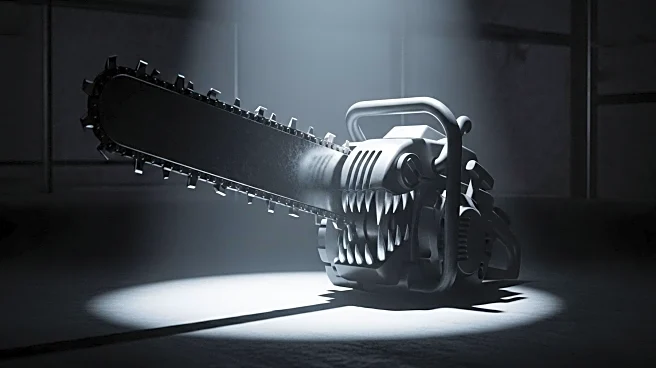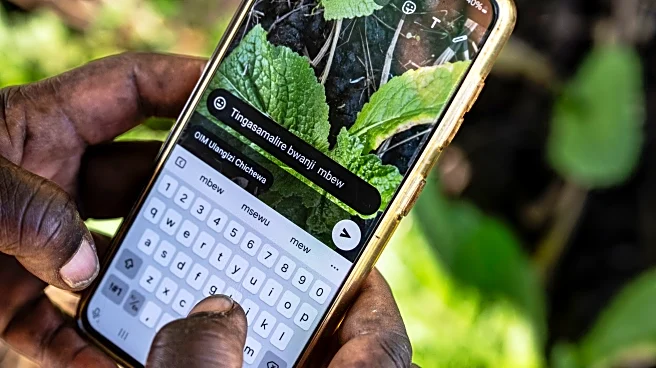What is the story about?
Embroidery is a decorative art form that involves stitching designs onto fabric using a needle and thread. This craft has been practiced for centuries across various cultures, each contributing unique styles and
techniques. Embroidery stitches are categorized into families based on the technique used to create them, with common stitches including running stitch, cross stitch, stem stitch, back stitch, satin stitch, chain stitch, and blanket stitch. The complexity of embroidery arises from combining these simple stitches to create intricate patterns.
front of the fabric and back again, creating a thread stroke on the front side. Each stitch has a specific name, which can vary by region and country. The basic stitches form the foundation of embroidery, allowing for the creation of complex designs when combined.
down through generations. Techniques evolved over time, with surface couching replacing underside couching and individual motifs applied to fabrics.
globally, with each culture adding its own flair. English embroidery, for instance, transitioned from allover designs to individual motifs, losing some of its storytelling richness but gaining in fanciful patterns.
Core Facts
Embroidery stitches are defined by the movement of the needle from the back to theNotable Details
In English embroidery, printed pattern books were rare, leading to the use of samplers as references. These samplers were narrow bands of fabric covered with stitches, often passedComparisons and Contrasts
Embroidery techniques differKey Data Points
Embroidery stitches are simple to execute individually but can result in complex designs when combined. The craft has evolved over centuries, adapting to available materials and cultural influences.AI Generated Content
Do you find this article useful?
